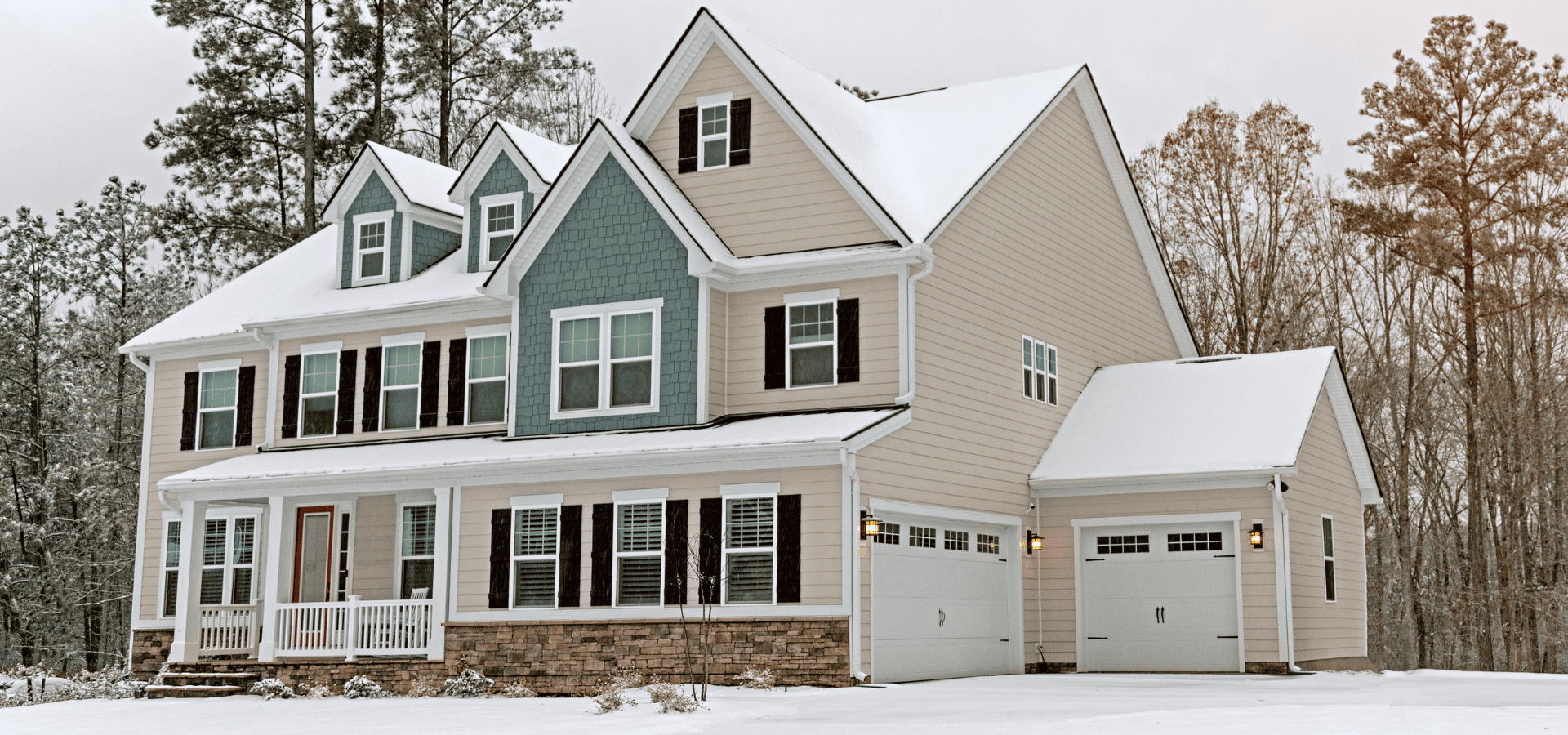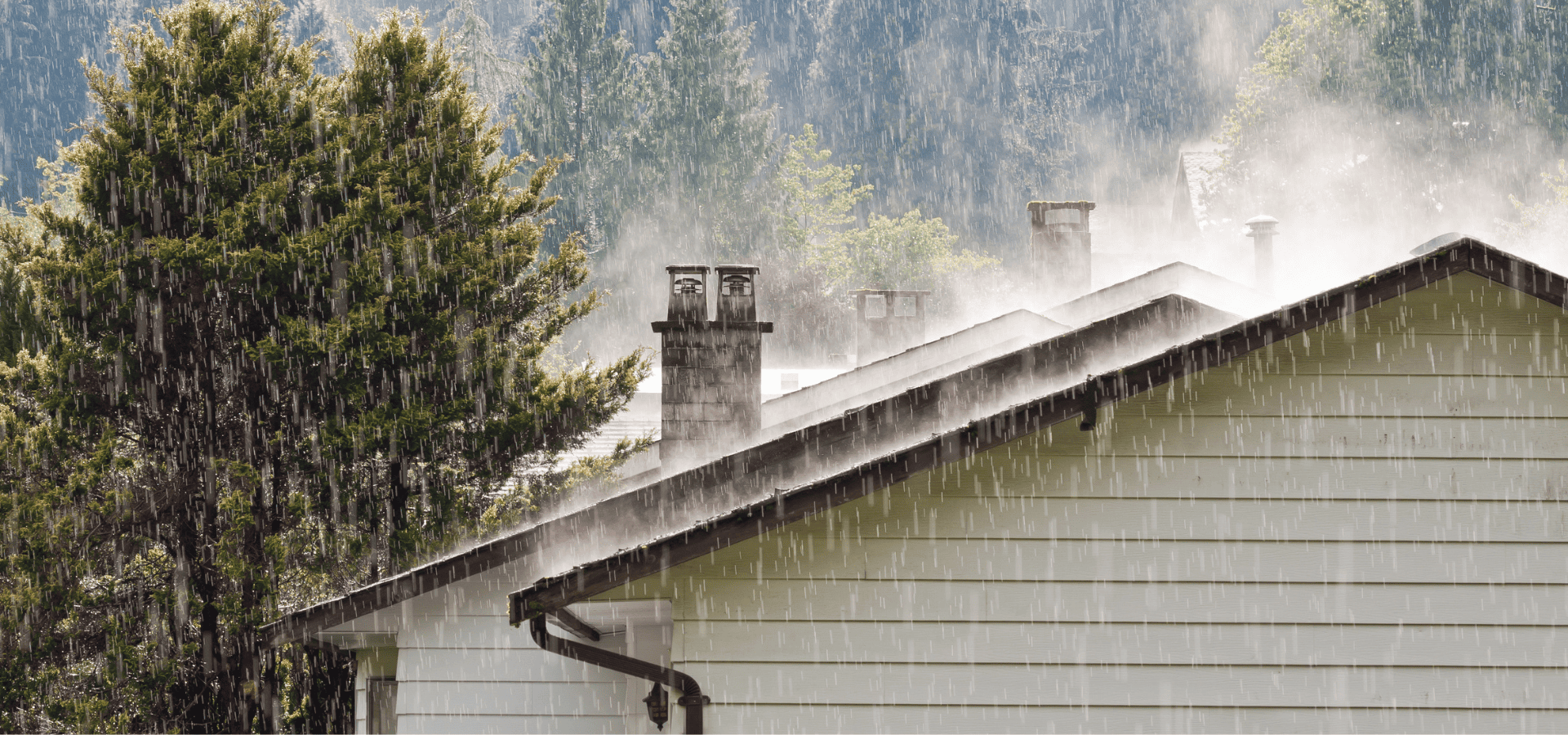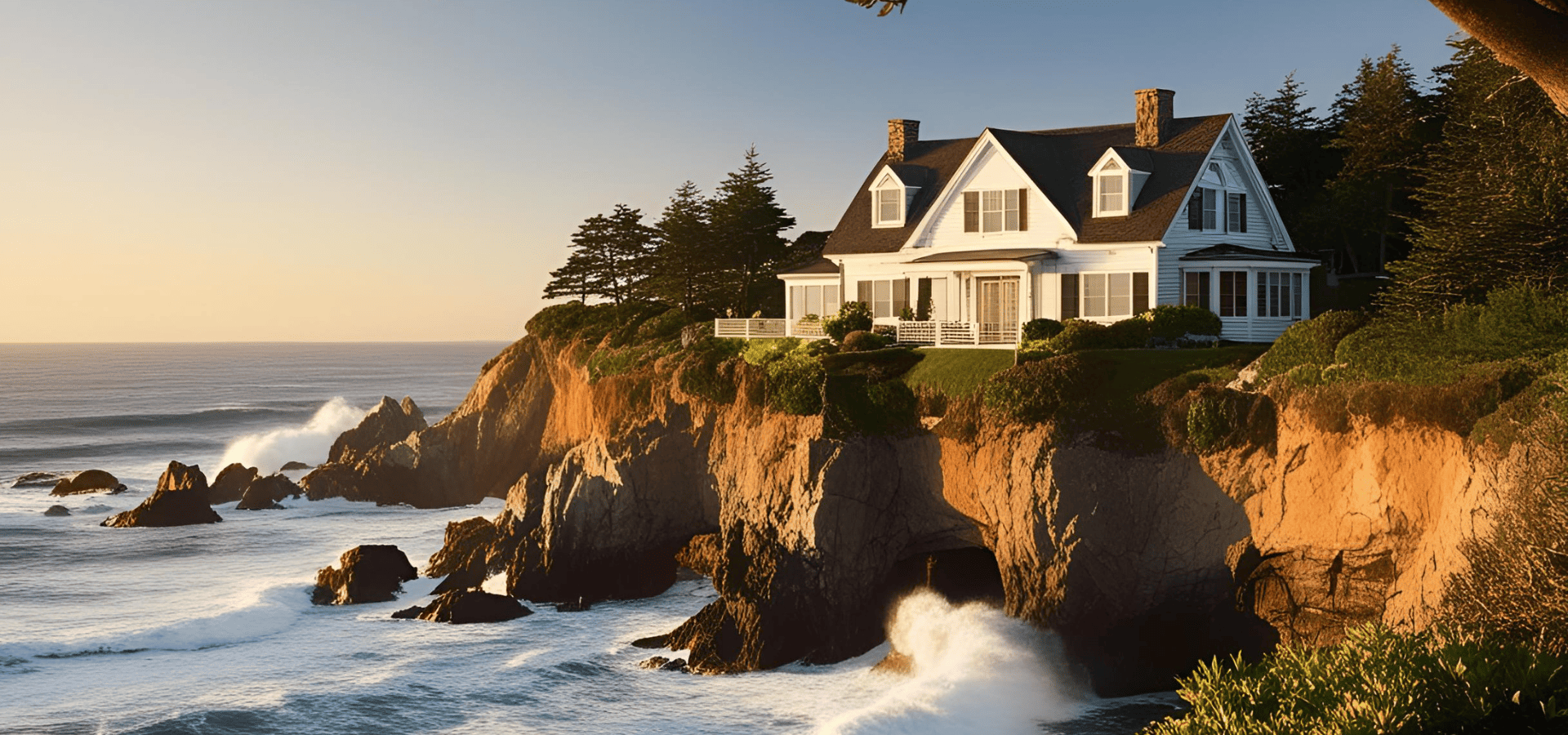Choosing The Right Siding For Different Climates
When it comes to siding, it’s important to adapt your siding to your local climate and conditions.
For example, if heavy storms are a regular occurrence in your area, you will need siding that can handle moisture and even hail.
On the other hand, if your area’s climate is dry and hot, you’ll want siding that can protect you from the heat.
If you don’t take your climate into account, you could end up with siding that wears out quickly or gets damaged frequently because it isn’t able to stand up to your local weather conditions.
That’s why we’re here to share the best siding options for each climate so that you can choose the right siding material for your climate.
1. Hot Climates
For hot, sunny climates, you want siding that can reflect light and heat and resist fading and discoloration from intense light and heat.
The thing is, most climates, even those with cooler summers, still have to deal with relatively harsh heat during the summer. This means that siding meant for use on homes is usually already designed to withstand extended periods of heat anyway.
As such, most siding materials will actually be perfectly fine in hot climates as long as any necessary coatings are applied.
It’s also important to note that low-quality siding materials tend to not be durable, so they won’t be able to stand up to particularly harsh conditions. As such, if your area has harsher climates, make sure to opt for higher-quality materials.
Siding options suitable for hot climates include:
- Stucco
- Vinyl (With UV coating)
- Concrete
- Steel
- Aluminum
- Fiber Cement
- Brick
- Stone Veneer
- Engineered Wood
- Composite
As you may have noticed, that’s pretty much the full range of siding options. The fact is, hot weather is present just about anywhere where there’s summer, and that’s the whole of America.
So whatever siding material it is, if it’s suitable to be used as siding, it’s supposed to be able to withstand hot conditions anyway. The key is to ensure necessary coatings are applied and to go for high-quality materials.
As for how well they can reflect sunlight, that actually boils down to the color you choose rather than the material of the siding. White reflects the most light, so the lighter your color is and the closer it is to white, the more sunlight it will reflect.
So when you’re choosing your siding, don’t forget that color will play a part in reflecting heat and sunlight too.
2. Cold Climates

In most regions, no matter how hot your climate gets in the summer, the main issues faced for your siding are expansion and discoloration, both of which can be solved by opting for high-quality products and applying the necessary coatings.
However, when we’re talking about cold climates, there can be more serious challenges. Freeze-thaw cycles can seriously test your siding, along with constant moisture from the snow.
As such, you need to be more careful when choosing your siding. Your siding needs to help keep the warmth inside while being able to stand up to repeated contraction and expansion.
Brick Siding
The first option for cold climates is brick siding.
Given the sturdiness, durability, and long lifespan of bricks, it’s no surprise that they can withstand freezing and thawing pretty well without damage.
Brick is also low-maintenance and won’t have moisture issues, no matter how much water it’s exposed to.
That said, brick siding needs to be installed properly with no gaps between the joints. The mortar needs to fill the joints and not be too thin. Otherwise, water may penetrate through these gaps and after many freeze-thaw cycles, cause cracks in the bricks over time.
Maintenance also needs to be performed to ensure your brick siding remains an effective barrier against the cold winter. This means regular checks to ensure everything is in good condition, and sealing the joints or repointing where needed,
Stone Veneer
Stone veneer, when properly installed, is very robust and long-lasting.
Stone veneer siding is usually made from either natural or manufactured stone. Either way, most stones are already naturally durable, so when they’re used for siding, it’s no surprise that the result is a tough material that can stand up to harsh elements.
Stone veneer needs to be sealed, but as long as this sealing is properly done, water won’t be able to penetrate, and like with brick, stone veneer will have no issue with freeze-thaw cycles.
Stone veneer also gives your home a timeless, natural look, as if you were using stone itself for your siding.
Fiber Cement
One of the most durable siding materials out there, fiber cement is also one of the best siding options you can have for cold climates.
Fiber cement is a manufactured material that combines cement, sand, and cellulose fibers. As with most man-made materials, the result is a material that often exceeds the qualities of most other natural materials–at a lower cost.
Fiber cement is usually less expensive than stone veneer and brick.
It’s also easily able to resist freeze-thaw cycles as its dense composition keeps most water out.
The catch is that it usually has a shorter lifespan than brick and stone veneer. It also requires more maintenance like cleaning, sealing, and recoating.
In short, if brick and stone are a little out of your budget, fiber cement can do just as good a job, it just won’t last as long.
Aesthetics-wise, it can mimic stone veneer and brick, so it won’t lose out in terms of aesthetics. In fact, it’s quite a versatile material and can mimic a wide range of textures, even wood.
3. Humid/Rainy Climates

With humid and rainy climates, your main enemy is going to be moisture. Even siding options that normally won’t have moisture issues can end up with mold or mildew when there’s frequent rain and the environment is very humid.
Your siding will be tested at all times by moisture trying to infiltrate it, so you need materials that can firmly keep moisture out. Here are some proven siding options.
Fiber Cement
As mentioned above, fiber cement is easily able to keep moisture out due to its dense structure.
Whether it’s frequent, heavy downpours or humid atmospheres, you can rest assured that the chances of moisture infiltrating it are close to zero.
Of course, this is assuming that the installation and maintenance are done properly. If sealing isn’t done right, even the most water-resistant siding materials will end up with moisture issues.
Metal
Have you ever seen water pass through metal? Probably not right?
Metal allows pretty much zero water to pass through. Now, a common worry is that metal may rust or corrode easily, especially in humid, wet conditions.
However, this can actually be easily remedied with coatings like galvanization.
Metal is also very easy to clean and maintain. With frequent rain, the rain might even do the cleaning for you, giving you minimal maintenance to do.
You’ll also be glad to hear that metal isn’t too expensive, falling in the mid-tier range of siding prices. It also has a very long lifespan, though still a little shorter than brick and stone veneer.
Stucco
Stucco is another great choice for humid environments. However, stucco is rather unique in that its suitability for humid environments isn’t due to its ability to keep water out, but rather its ability to let water out when it does infiltrate it.
Traditional stucco is actually not a good option for moist environments, as it's too breathable and allows too much water in.
However, when treated with water-resistant additives, it allows much less water to enter. Then, its breathability helps any water that enters to escape quickly.
Stucco is also a fair bit cheaper than metal and fiber cement. It’s not as waterproof as they are, but it does a good enough job of weathering moist environments.
Plus, stucco doesn’t require much maintenance, only periodic sealing and fixing any damages that arise.
4. Coastal Climates

Finally, another testing environment for siding is coastal regions. In coastal regions, on top of humid environments and frequent rain, the atmospheric air itself can contain salt and other corrosive elements.
This means your siding, on top of battling moisture, also has to battle corrosion.
Fiber Cement
Fiber cement once again makes the list.
Earlier, we already discussed how it’s durable and able to keep moisture out, so we’ll focus on its anti-corrosiveness instead.
Fiber cement itself is pretty corrosion-resistant. After all, the elements that make it up are sand, cement, and cellulose fibers (a type of plant-based material). You don’t see either of those rusting or corroding, do you?
However, to install fiber cement siding, there are metal components like fasteners needed. These components need to have a layer of corrosion-resistant coating, or your overall fiber cement siding will have parts that corrode over time.
So fiber cement siding is perfect for coastal environments as long as the components used to install it are also corrosion-resistant.
Stone Veneer
You see tons of rocks on the shore, which should tell you all you need to know about its corrosion resistance.
Stone veneer itself is corrosion-resistant. However, like with fiber cement, the components used to install it may not be. The key to overall corrosion resistance is to use corrosion-resistant mortar to install the stone veneer.
For stone veneer siding, stone itself will have no issues with moisture. The problem is your home. You don’t want the water to reach your home, so there needs to be a high-quality moisture barrier and proper sealing done.
This is one reason why stone veneer isn’t one of the best choices for humid climates. On top of its already high price tag, there still needs to be a moisture barrier and sealing. As such, in terms of cost, stone veneer just isn’t a great choice just for dealing with moist climates.
That said, for corrosive climates, stone veneer’s durability is well worth the price.
Aluminum
The final siding option for corrosive regions is aluminum siding. You might be surprised to see a metal on this list, but aluminum is one of the few metals that are actually naturally corrosion-resistant.
As we discussed earlier, metal siding is easy to maintain and great for wet and humid climates.
So aluminum, with its natural moisture and corrosion resistance, not to mention its cost effectiveness, is another prime choice for coastal areas.
Conclusion
Alright, we’ve gone over the best siding options for various common climates, so you should have a good idea of what type of siding to use for your local region.
Just remember that a lot of times, getting the siding right is one thing, but installation and maintenance are equally important in helping your siding protect your home.
If necessary, hire trusted professionals like
Dallas Siding Pros to ensure the installation and maintenance are all carried out properly.
You might also like



